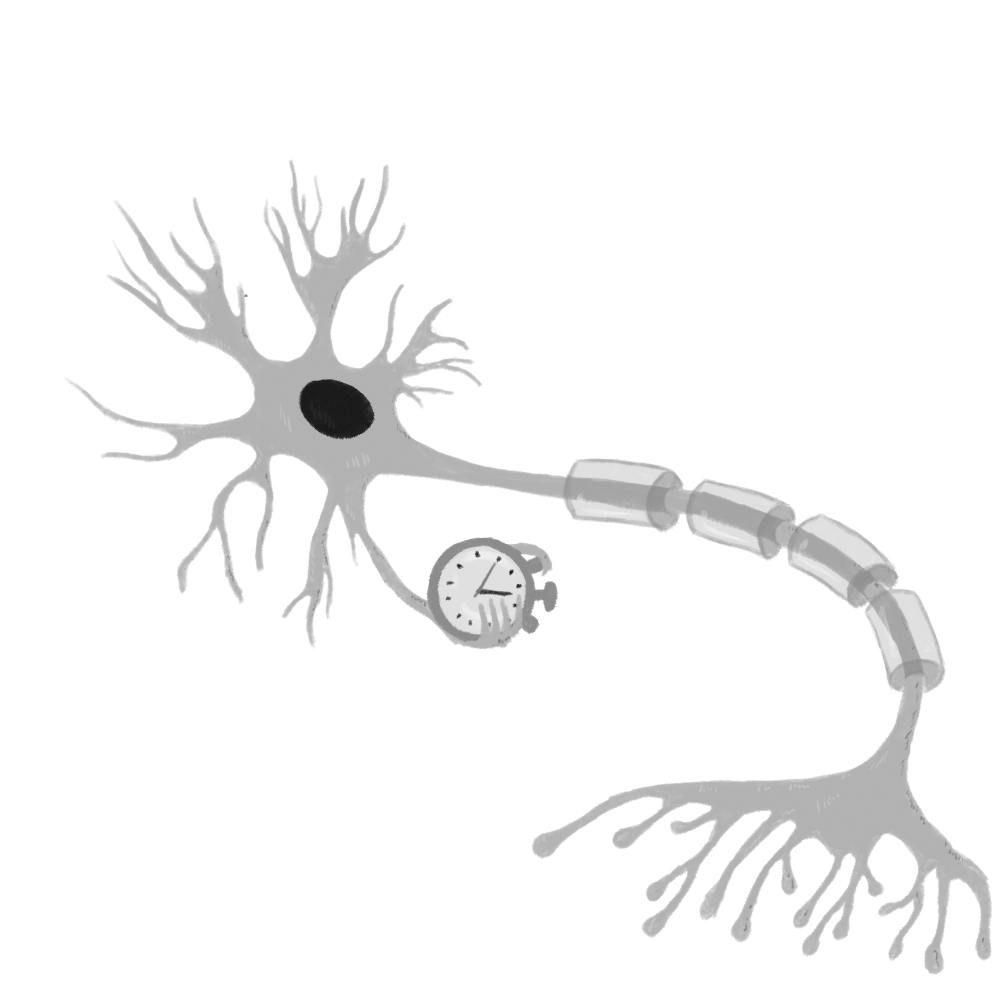University researchers have discovered a new subset of cells — “metronome cells” — that may act as timekeepers in the brain, a finding that contributes new information to one of the biggest debates in neuroscience.
While scientists have long known about the existence of cells in the brain that tend to be more reactive to stimuli — called fast spiking cells — they have long debated the function of a specific frequency of rhythm produced by those cells, called gamma oscillations. Some neuroscientists believe that gamma oscillations are at the root of how the brain functions. Other equally qualified scientists believe that these rhythms are merely a byproduct of brain activity. “Scientists’ faces will either light up or grow very overcast when someone mentions gamma oscillation,” explained Christopher Moore, professor of neuroscience and supervisor of the study.
These gamma oscillations produce structured ripples in the brain at an interval of 40 Hertz, or 40 cycles per second. This regular pattern has led scientists to believe that perhaps the gamma oscillations act as an organizing clock, helping to align and connect information coming from different areas of the brain. Moore compared this theory to an orchestra; just as a conductor of an orchestra connects the various parts, the gamma oscillations have been thought to have similar function. If the conductor stops, then the whole orchestra cannot make good music.
But for years, scientists have acknowledged limitations with this theory.
Fast spiking cells and gamma rhythms have been found to respond to stimulus from outside the body of the cell. This raises concern if researchers assume that these oscillations act as a timekeeper; if the conductor is distracted every time they hear a trumpet, then the orchestra cannot be conducted.
When the researchers analyzed these “metronome cells,” a subset of fast spiking cells, they found that these cells exhibited regular ticking and did not react to the outside world. “We looked where most people didn’t,” said Hyeyoung Shin, who was first author of the paper and worked alongside Moore. She is now completing her postdoctoral education in California but was a graduate student at the University at the time of the study.
These cells were firing gamma rhythms and did not respond to outer stimulus — both key conditions in finding the timekeeping program in the brain. This data provides positive evidence for the hypothesis that links gamma oscillations and brain function.
The researchers say that they arrived at their results “on accident.” They had originally anticipated studying gamma rhythms in the brains of mice following rewarded behavior in response to a tapping stimuli.
Vikaas Sohal, a neuroscientist and psychiatrist who leads a neuroscience lab at the University of California, San Francisco, sees this study as “an important step forward” in understanding the organization in the brain.
Now that the researchers have discovered these metronome cells, Sohal says it would be interesting to search for these cells in other parts of the brain, such as the prefrontal cortex. “Understanding gamma oscillations helps us understand and treat diseases such as schizophrenia … where gamma oscillations have been found to be in association,” he added.
As the researchers look more into these metronome cells, they are finding them “even more fascinating,” Moore said. Although Shin has left Moore’s lab, the researchers plan to separately expand on this study.
In further research, scientists could examine signals in other areas of the brain, whether these cells coordinate between different parts of the brain and whether there is a genetic factor that may control these cells.





